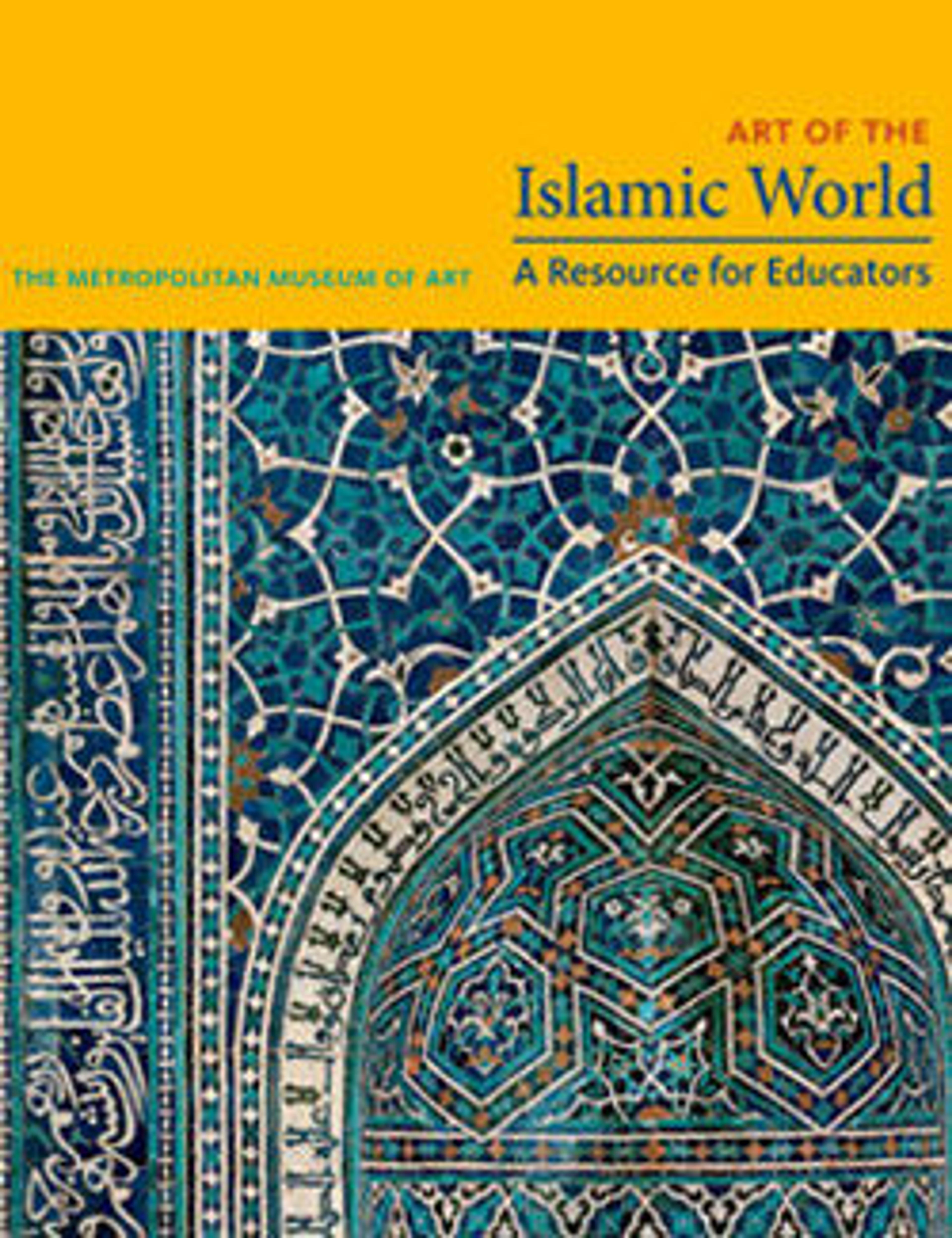Elephant-Shaped Kendi
Artwork Details
- Title: Elephant-Shaped Kendi
- Date: second quarter 17th century
- Geography: Made in Iran, probably Kirman
- Medium: Stonepaste; painted in shades of blue under transparent glaze
- Dimensions: H. 9 1/8 in. (23.2 cm)
W. 7 1/8 in. (18.1 cm)
Diam. 4 5/8 in. (11.7 cm) - Classification: Ceramics
- Credit Line: The Friends of the Department of Islamic Art Fund, 1968
- Object Number: 68.180
- Curatorial Department: Islamic Art
Audio
6723. Elephant-Shaped Kendi, Part 1
SHEILA CANBY: In the 17th century… the Ming Dynasty in China was in a decline… so in the middle third of the 17th century, demand for Chinese blue-and-white porcelains was not being met.And so Iranian potters started to produce blue-and-white ceramics in large numbers. And so we have a couple of examples of objects that depend, really, on Chinese prototypes. One is a kind of Iranian version of an elephant based on a Chinese vessel called a kendi. Now, in Iran, these were used as water pipes…. It's quite charming, because the trunk, of course, would have been the pipe part. And there were no elephants that were indigenous to Iran, so there was a bit of imagining going on here. The vase with the three small spouts and the large spout, is called a tulip vase. And there's a Chinese prototype, and then, actually, there are also very early; medieval, Iranian versions of this shape. Although there was a tulip craze in Holland, the tulips were coming from Ottoman, Turkey. …The word ‘turban’ actually, and ‘tulip’ are related, because Europeans would write the word for turban as tulipant, and then ‘tulip’ became the shortened version of that. And that's the name of the flower. They grew across the Middle East. These objects relate to the Chinese and Islamic connections on The Silk Road. If you haven’t heard about that already press PLAY.
Listen to more about this artwork
More Artwork
Research Resources
The Met provides unparalleled resources for research and welcomes an international community of students and scholars. The Met's Open Access API is where creators and researchers can connect to the The Met collection. Open Access data and public domain images are available for unrestricted commercial and noncommercial use without permission or fee.
To request images under copyright and other restrictions, please use this Image Request form.
Feedback
We continue to research and examine historical and cultural context for objects in The Met collection. If you have comments or questions about this object record, please contact us using the form below. The Museum looks forward to receiving your comments.
